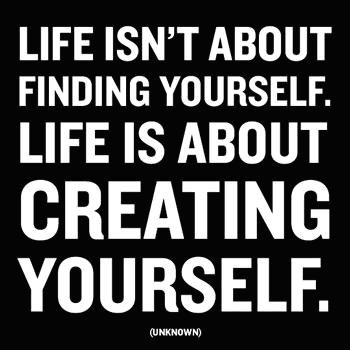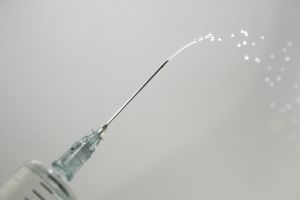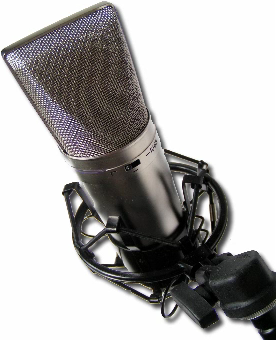Love & Work
 How you love determines how you work
How you love determines how you work
Leo Tolstoy, Sigmund Freud (of leiben und arbeiten fame) and Erik Erikson all had lots to say about love and work. It turns out that there is a lot in common between love and entrepreneurship-it doesn’t work out in a significant number of cases, it makes people do crazy things, everyone seems to do it differently, and , in the ultimate triumph of hope over experience, people seem to want to do it over and over again despite previous failures.
Psychologists have taken note and tried to quantify the relationship between love and work. The theorized link between attachment and exploration was tested by investigators who identified three patterns of infant attachment: secure, avoidant, and anxious/ambivalent. Hazan and Shaver (1990) extended the notion to work. They tested the hypothesis that those who are secure in love, will be secure in work and those who are less secure,anxious,ambivalent or avoidant will have more troubles with work.The authors defined the three patterns and, using a questionnaire, tried to identify differences in attachment to work.
Securely attached people had high (relative to those of insecurely attached subjects) ratings of work success and satisfaction, fewer work-related fears and worries concerning performance and evaluation by co-workers, and work habits that do not jeopardize health or relationships. Secure explorers,they found, at any age, reap the most rewards from exploratory activity because they are not distracted by concerns over unmet attachment needs and do not explore primarily for the sake of pleasing or avoiding others.
Anxious/ambivalently attached youngsters are typically too concerned with maintaining proximity to their caregivers to explore effectively. As these children develop, they learn to use exploration as a means for achievement designed to attract the caregiver's attention and approval. Exploration then becomes a means of satisfying unmet attachment needs. Moreover, exploring merely as a means to win others' praise leaves a person vulnerable to feeling underappreciated.
Like the avoidant infant, the avoidant adult will use exploration primarily as a means of keeping busy, avoiding uncomfortable interactions with others, and avoiding anxiety associated with unmet attachment needs. Because avoidant exploration is believed to reduce anxiety, avoidant people are reluctant to stop working, to finish projects, or to take vacations (all nonsocial manifestations of avoidance). Avoidant attachment is associated with exploratory behavior characterized by a preference for working alone, using work as an excuse to avoid socializing, and a compulsive approach to tasks that includes working during vacations, feeling nervous when not working, and working at the expense of health and relationships.
The authors further noted that secure people generally do not worry about work failure or feel unappreciated. In addition, they generally do not allow work to interfere with friendships or health and do take enjoyable vacations from work. Anxious/ambivalent subjects, in contrast, worry about their work performance, prefer to work with others but feel underappreciated and fear rejection for poor performance. They are also easily distracted, have trouble completing projects, and tend to slack off after receiving praise. Avoidant subjects prefer to work alone, use work to avoid having friends or a social life, and do not take enjoyable vacations from work.
We're all wired differently. The Myers-Briggs, the Enneagram , other personality inventory scales , your spouse or a good friend can help you understand what makes you tick. If you are struggling with understanding the "why", try spending a little time understanding the "who". Know thyself.
Author: Hazan, Cindy; Shaver, Phillip R. Source: Journal of Personality and Social Psychology August 1990 Vol. 59, No. 2, 270-280
 Email This Article tagged:
Email This Article tagged:  Journal of Personality and Social Psychology,
Journal of Personality and Social Psychology,  Sigmund Freud |
Sigmund Freud |  Dec 11, 9:00 AM
Dec 11, 9:00 AM 









